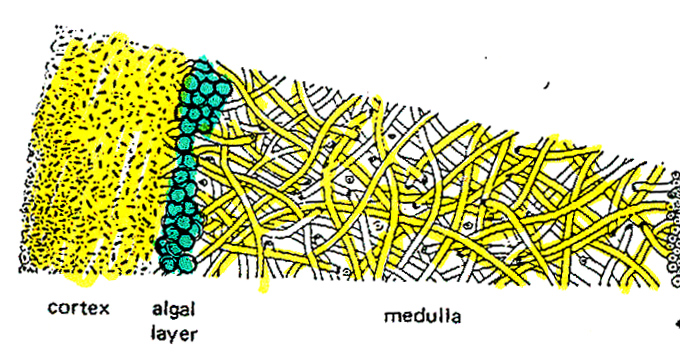about

Tosh Chiang was born and raised in San Francisco, California but has also lived in Arizona & New York (where he attended Bard College). When not tinkering about the California Academy of Sciences, he can be found in pancake labs, foggy seascapes, antiquated wastelands & musical spaces. His earliest memory of using electricity as a toy-thing resulted in fire(s). He likes science-fiction too, and oft enjoys the standard cup-o-joe to a finely tuned donut. tosh[at]imlichenit.com
also:

Lichens (pronounced /ËlaɪkÉn/,[1] sometimes /ËlɪtÊÉn/[2]) are composite organisms consisting of a symbiotic association of a fungus (the mycobiont) with a photosynthetic partner (the photobiont or phycobiont), usually either a green alga (commonly Trebouxia) or cyanobacterium (commonly Nostoc).[3] The morphology, physiology and biochemistry of lichens are very different from those of the isolated fungus and alga in culture. Lichens occur in some of the most extreme environments on Earthâarctic tundra, hot deserts, rocky coasts and toxic slag heaps. However, they are also abundant as epiphytes on leaves and branches in rain forests and temperate woodland, on bare rock, including walls and gravestones and on exposed soil surfaces (e.g. Collema) in otherwise mesic habitats. Lichens are widespread and may be long-lived;[4] however, many species are also vulnerable to environmental disturbance, and may be useful to scientists in assessing the effects of air pollution,[5][6][7] ozone depletion, and metal contamination. Lichens have also been used in making dyes and perfumes, as well as in traditional medicines.
No TrackBacks
TrackBack URL: http://www.imlichenit.com/cgi-bin/mt/mt-tb.cgi/4


Leave a comment